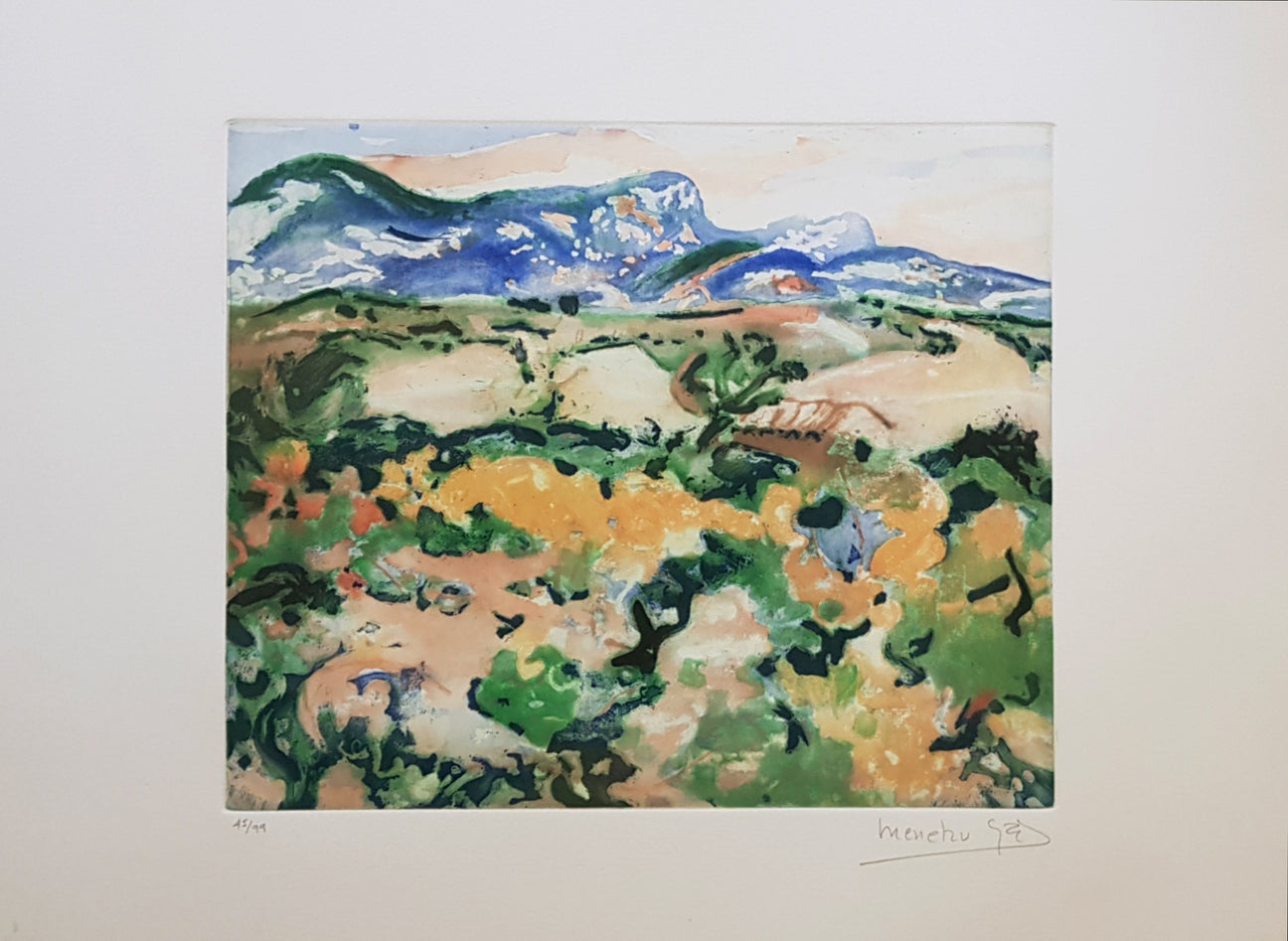Menchu Gal
Biography

Biography
Menchu Gal (Irún 1919–San Sebastian 2008) initially trained in Irún with Gaspar Montes Iturrioz. She won the Gipuzkoan New Artists Competition in 1932. Before turning fifteen, she moved to Paris, where she studied with the Cubist master Amédée Ozenf...
Leer más
Economic information
Revaluation Blue Chip
Profile
Ranking Top 150
Auction sales 36 months

CAN'T FIND WHAT YOU'RE LOOKING FOR?
We help you.
If you're interested in seeing other available works, we'll contact you without obligation.
Certified works
All works have a Certificate of Authenticity
We are experts
With more than 20 years of experience in collecting and the art market
Pay comfortably
Pay in 3 interest-free installments or in 12 months thanks to Sequra
Online advice
Personalized advice, without obligation, and receive proposals from our experts
JOIN OUR NEWSLETTER

Descubre el fascinante mundo del arte de la mano de expertos


